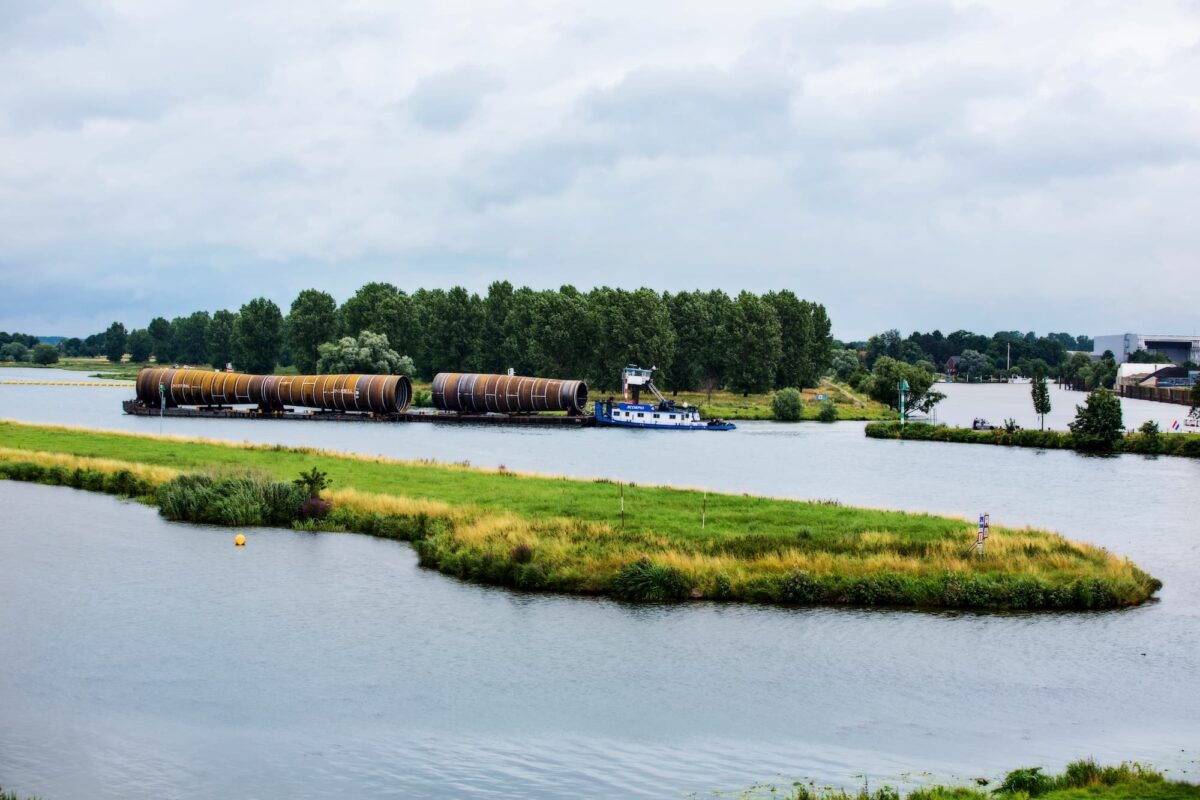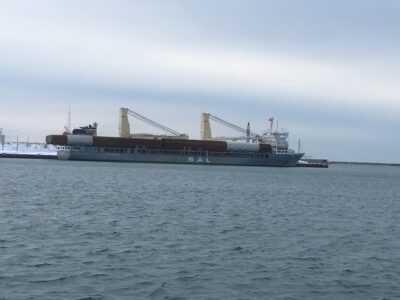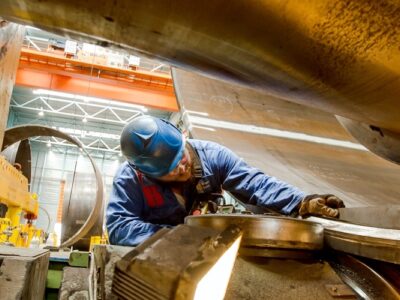
Wind energy: where the winds will take us
Enormous advances have been made in wind and solar energy – to the point that grid parity has now been achieved. The cost price of renewable energy is the same as for energy obtained using fossil fuels. Sustainable energy sources are set to overtake fossil fuels over the next few years. But the growing use of renewable resources also brings major challenges with it.
100 years of wind energy
Since the beginning of the 20th century, humans have been generating electricity using energy from the wind. Due to high investment costs, electricity production from wind energy was only economically viable on a small scale and in areas where there had not yet been investment in infrastructure to supply electricity.
But developments accelerated throughout the 20th century. New materials and technologies have helped us to reach the point where the cost price of wind energy is no more than that for energy derived from fossil fuels. That means we have achieved what we call grid parity. And the end is not yet in sight.
Goodbye to fossil fuels
In its New Energy Outlook report, Bloomberg reports that wind and solar energy will come to dominate the market sometime in the next fifteen years. By 2040, coal and gas power stations will only be used as back-up in many parts of the world. So, we are well on track towards a solution that is much better for the environment than burning fossil fuels.
The electric revolution
Tesla is currently the most promising example of an electric vehicle. But more and more other means of transport are also becoming reliant on electricity. The transport of the future will run on electricity; that means cars, boats, motorbikes, and even aircraft. Industry too will also move towards sustainable electricity. Energy-hungry factories in the Netherlands can reduce their greenhouse emissions to zero by 2050, claims consultancy firm McKinsey in its report ‘Industry transition – mission (im)possible’. But the supply of renewable energy needs to grow enormously to meet the electrification demand of transport and industry.
Storing energy
The electrification of everything and the growth of renewable energy do bring challenges with them. Sustainable energy is dependent on weather conditions. As a result, the supply of solar and wind energy is subject to fluctuations. Currently, some power stations that run on fossil fuels are only used when the wind or sun is not strong enough to supply energy at a given moment. This can no longer be a solution if sustainable energy is to cover most of our needs.
We therefore need to be able to store energy. By storing excess energy when demand is low, electricity can still be supplied at peak times when demand exceeds supply. So, we need to be able to store energy to strike a balance in distributing sustainable energy.
There are several ways to do this, with batteries being the most well-known example. But energy can also be stored through hydropower, compressed air, thermal storage, hydrogen, or ammonia. Each method has its advantages and disadvantages. The growth of renewable energy is encouraging us to weigh up the pros and cons, so ultimately we can find the best way to store energy for the future.




